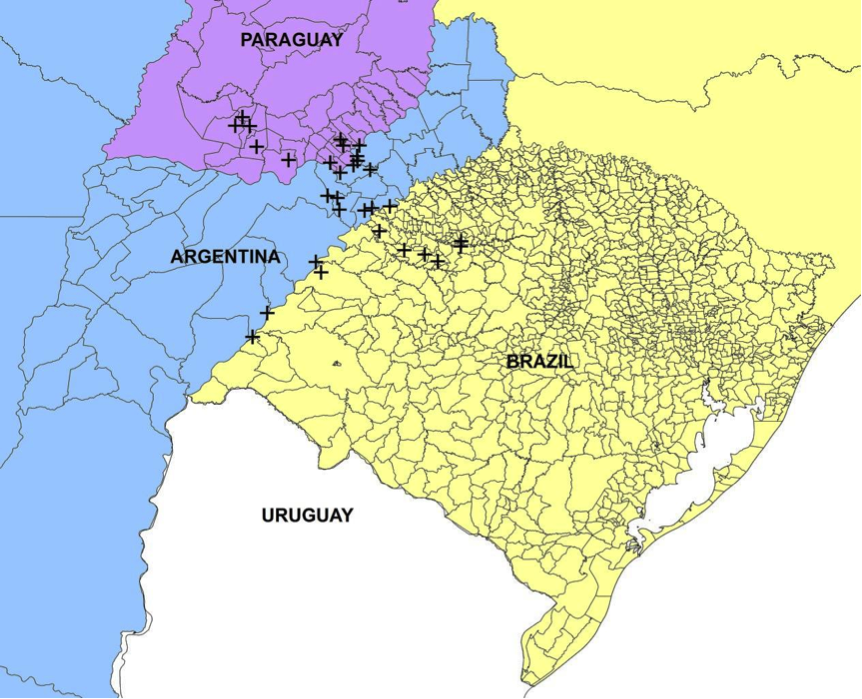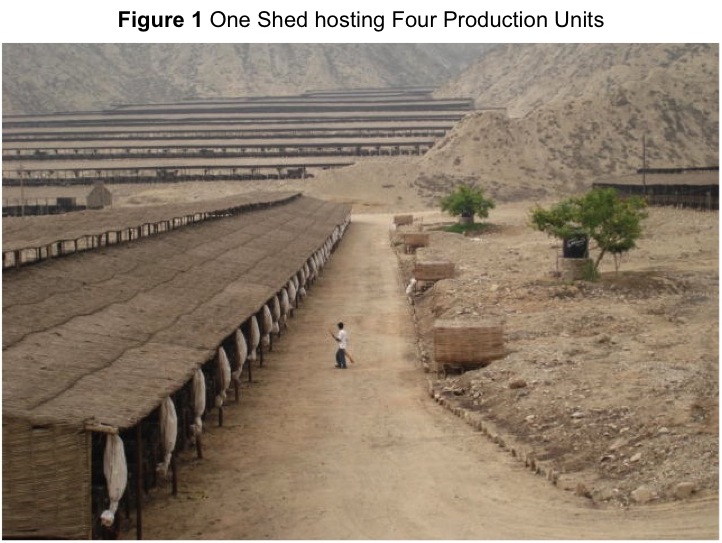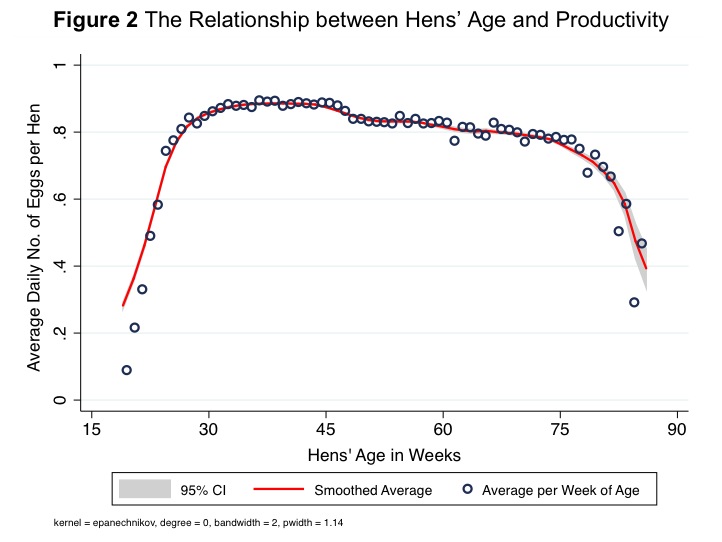 The following job market paper summary was contributed by Keke Sun (IDEA). Keke is a job market candidate at UAB. Her research interests include Industrial Organization, Venture Capital Markets and Innovation.
The following job market paper summary was contributed by Keke Sun (IDEA). Keke is a job market candidate at UAB. Her research interests include Industrial Organization, Venture Capital Markets and Innovation.
Two-sided markets are economic platforms that connect two interdependent groups of users together and enable certain interactions between these two groups of users. The main characteristic of two-sided markets is the indirect network externalities, meaning that one group user’s benefits of joining one platform depends on the number of users of the other group on the same platform. My job market paper studies the impact of pure bundling and the level of consumer information on two-sided platform competition.
The Story
This paper is motivated by the casual observations from the smartphone operating system industry. The operating system (OS) platform connects consumer and application developers, the major competitors are Android by Google and iOS by Apple. Apple also has its amazing in-house handset, iPhone, it bundles the handset with the OS platform.

The Main Results
The leverage theory has established that, in standard one-sided market, if a firm can commit to pure bundling, when consumers have homogeneous valuation of the bundling product, pure bundling reduces equilibrium profits for all firms. Therefore, bundling is usually adopted to deter entry or lead to foreclosure (see Whinston (1990) and Carlton and Waldman (2002) ). However, in a two-sided market, if a platform could commit to aggressive pricing on one side and gain a larger market share. Hence, it becomes more valuable to the users on the other side. I show that, in the presence of asymmetric network externalities, when consumers have homogeneous valuation of the bundling handset, bundling may emerge as a profitable strategy when platforms engage in “divide-and-conquer” strategy: subsidizing the low externality side (consumers) for participation and making profits on the high-externality side (developers). That is, when the benefits of attracting one extra consumer are very strong, committing to aggressive pricing can be profitable without inducing the exit of the rival.
This paper also studies the impact of the level of consumer information on platform competition and the emergence of the bundling decision. Most literature on two-sided markets assumes that all agents have full information about prices and others’ preferences; therefore, can perfectly predict others’ participation decision (see Rochet and Tirole (2003), Caillaud and Jullien (2003), and Armstrong (2006) etc.). Following Hagiu and Halaburda (2014), I use the setting of a hybrid scenario in which some consumers are informed about developer subscription prices and hold responsive expectations about developer participation, while the remaining consumers are uninformed and hold passive expectations. This setting should be a good fit of a situation where information may be less than perfect for some users on different sides of the platform. For instance, some consumers don’t know how much Apple or Google charges the developers for listing applications. Information intensifies price competition with or without bundling. Bundling is more effective in stimulating consumer demand the larger proportion of informed consumers, but bundling is less likely to emerge as the fraction of informed consumers increases.
Strategy and Policy Implications
From a strategy perspective, this paper shows that both platforms have incentives to affect consumers’ knowledge regarding developer subscription prices. Without bundling, both platforms have incentives to withhold the information because consumer information intensifies price competition on both sides. However, when bundling does occur, the two platforms may have different attitudes towards consumer information. The bundling platform prefers a high level of consumer information because bundling is more effective to stimulate consumer demand. The competing platform wishes to withhold the information as it gets worse off as the level of consumer information increases. This paper also shows that when the network externalities are strong, it is more profitable for the platforms to be more aggressive.
From a public policy perspective, this paper provides recommendations concern bundling and information disclosure. Due to the existence of (positive) network externalities, consumer surplus increases with the number of developers on the same platform. Bundling does not only affect consumer subscription prices, but also affects the perceived quality of platforms as it affects developer participation. It has shown that pure bundling improves consumer welfare mainly because it offers a lower subscription price and more application variety to the majority of consumers. For the same reason, even when bundling implements second-degree price discrimination, bundling still improves consumer welfare. Also, information disclosure unambiguously improves consumer surplus by lowering subscription prices on both sides of the platform and improving developer participation. Thus, information disclosure should be encouraged or mandated for consumer’s sake.

 The following job market paper summary was contributed by
The following job market paper summary was contributed by 

 The following job market paper summary was contributed by
The following job market paper summary was contributed by 

